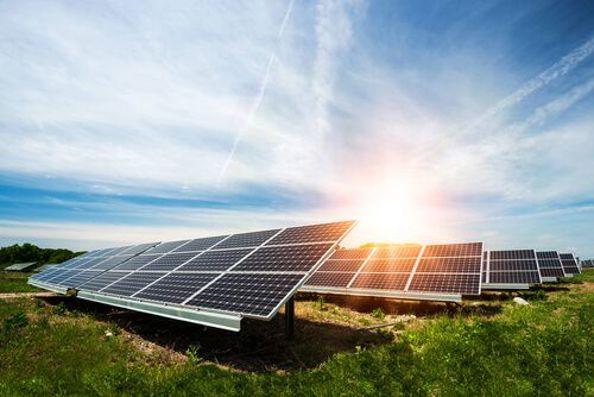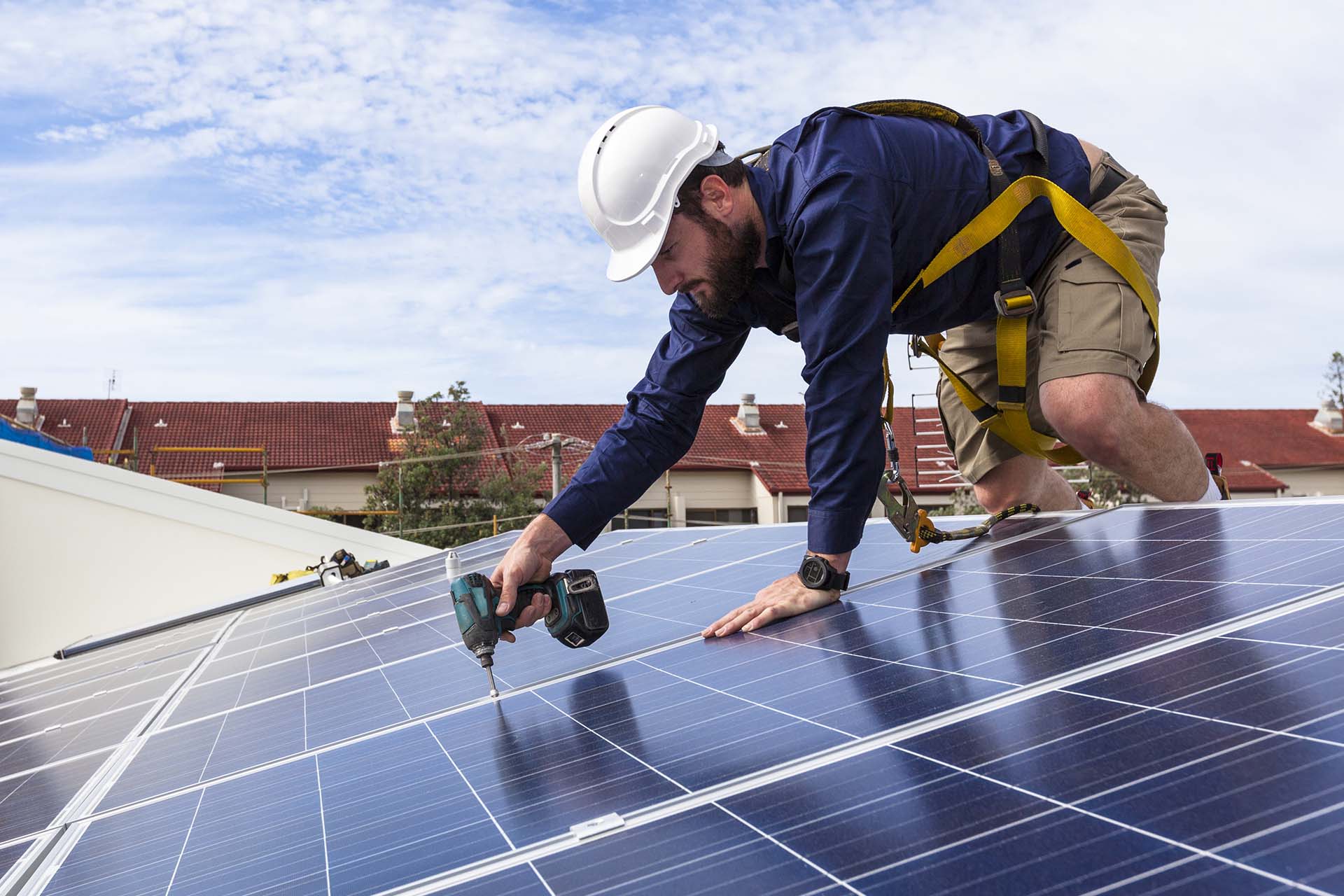In an era where sustainability and environmental consciousness are becoming increasingly important, many businesses are turning to renewable energy sources like solar power to meet their energy needs. Solar panels offer a clean, renewable energy solution that can significantly reduce electricity costs and carbon footprint. However, determining the number of solar panels needed to power a business requires careful consideration of several factors. This article will explore the key considerations and calculations involved in determining the optimal number of solar panels for commercial use.
Assessing Energy Requirements
The first step in determining the number of solar panels needed to run a business is to assess the energy requirements of the operation. This involves analyzing historical energy consumption data, considering peak energy demand periods, and identifying future growth projections. By understanding the business's energy needs, it becomes possible to size the solar power system appropriately to meet those needs efficiently. 
Calculating Solar Panel Capacity
Once the energy requirements have been determined, the next step is to calculate the capacity of the solar panel system needed to meet those requirements. This calculation involves several factors, including:
Average Daily Energy Consumption: Determine the average daily energy consumption of the business in kilowatt-hours (kWh).
Solar Panel Efficiency: Consider the efficiency rating of the solar panels, which indicates how much sunlight they can convert into electricity. This typically ranges from 15% to 22%.
Peak Sunlight Hours: Estimate the average number of peak sunlight hours per day in the location where the solar panels will be installed. This information is typically available from solar resource maps or online tools.
System Losses: Account for system losses due to factors such as shading, soiling, and temperature variations, which can reduce the overall efficiency of the solar panel system.
Using these factors, the following formula can be used to calculate the number of solar panels needed:
Number of Solar Panels = (Average Daily Energy Consumption) / (Solar Panel Efficiency × Peak Sunlight Hours × System Losses) 
Considerations for Commercial Applications
In addition to the basic calculations outlined above, there are several additional considerations specific to commercial solar installations:
Roof Space: Assess the available roof space or land area for solar panel installation. Maximizing open space can optimize the capacity of the solar power system.
Grid Connectivity: Determine whether the business will remain connected to the grid or operate off-grid. Grid-connected systems can benefit from net metering programs, allowing excess energy generated by the solar panels to be sold back to the utility company.
Financial Incentives: Explore available financial incentives and rebates for commercial solar installations, which can help offset the upfront costs and improve the return on investment.
Maintenance and Monitoring: Implement a plan for regular maintenance and monitoring of the solar panel system to ensure optimal performance and longevity. 
Conclusion
In conclusion, the number of solar panels needed to run a business depends on various factors, including energy requirements, solar panel efficiency, available space, and system losses. By carefully assessing these factors and performing the necessary calculations, businesses can determine their solar power systems' optimal size and capacity. Investing in commercial solar installations reduces electricity costs and carbon emissions and demonstrates a commitment to sustainability and environmental stewardship. With proper planning and implementation, solar power can be a cost-effective and environmentally friendly energy solution for businesses of all sizes.